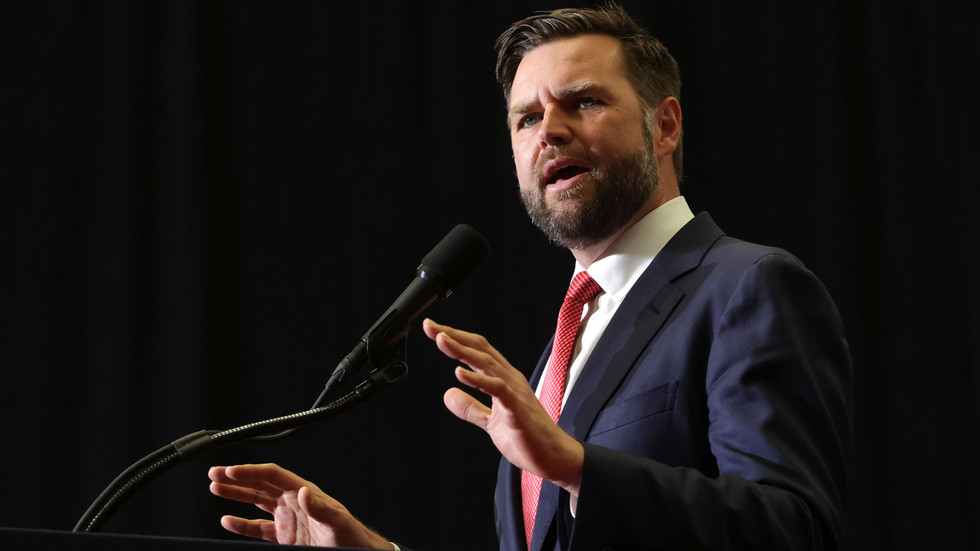In a significant political showdown, Congress has been unable to pass a spending plan supported by President-elect Donald Trump, leading to heightened tensions between the parties and the imminent risk of a government shutdown. Vice President-elect J.D. Vance has voiced strong criticisms against Democrats for rejecting a proposed spending plan that aimed to provide the incoming president with “negotiating leverage” during his first year in office. The current federal funding is set to expire, increasing the urgency to find a resolution. The Democrats voted against a clean continuing resolution (CR) along with a faction of Republican members, resulting in a failed vote of 174-235. Vance lambasted the Democratic Party’s actions, suggesting their intent was to obstruct Trump’s capacity for negotiation and influence right from the outset of his administration.
The rejected spending plan represented an alternative to a previous bipartisan funding agreement reached shortly before the Christmas break that was met with disapproval from many Republicans. President-elect Trump had characterized that earlier deal as bloated and filled with Democratic policy agendas, further complicating bipartisan cooperation. Notably, tech billionaire Elon Musk criticized the measure as “criminal,” indicating widespread discontent among some factions of the Republican Party regarding fiscal responsibility and the potential ramifications of unchecked spending on the nation’s economic health.
In response to the legislative stalemate, Trump proposed a new funding package that included extending government funding until March and suspending the debt limit for two years until January 2027, essentially adding trillions to the current federal debt of $36 trillion. The strategy aimed to reassure financial markets and address immediate funding concerns, yet it was met with skepticism. Republican House Speaker Mike Johnson committed to identifying alternative solutions before the impending lapse in government funding, but with significant divisions within the party regarding spending, the prospects for swift resolution appear bleak.
Opposition to the proposed spending increases has been a consistent theme among Republican lawmakers, while Democrats opposed the bill primarily due to concerns that additional borrowing could facilitate tax cuts benefitting the affluent, exacerbating income inequality. The political standoff has intensified, with Vance predicting that a government shutdown is all but inevitable if lawmakers cannot agree on a viable funding bill. The implications of such a shutdown would be far-reaching, impacting millions of federal employees and the essential services they provide across various domains.
Should a shutdown occur, while some critical services, including those related to law enforcement and border protection, would remain operational, many other federal functions would cease, affecting court proceedings, food safety inspections, and more. Federal workers may find themselves temporarily out of work or facing paycheck delays, although historically, they have received back pay once the government reopens. This impending scenario closely mirrors the lengthy shutdown experienced during Trump’s first term, which lasted over a month and remains the longest in U.S. history, highlighting the potential for significant public unrest and economic disruption.
As both parties grapple with their deeply rooted differences regarding government spending and fiscal policy, the likelihood of a shutdown looms larger. With the clock ticking down to the funding expiration at midnight on Friday, the political maneuvering will likely continue to unfold, and the consequences of failure may shape the governance landscape as President Trump steps into office. The current situation marks a pivotal moment, not only for the immediate functioning of the government but also for the broader implications for bipartisan politics and fiscal responsibility in an increasingly fractious political environment.

